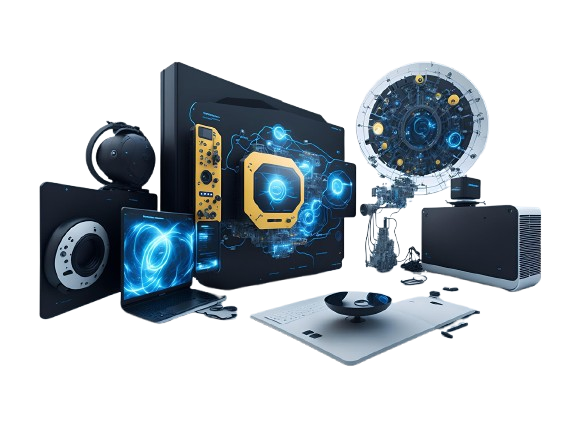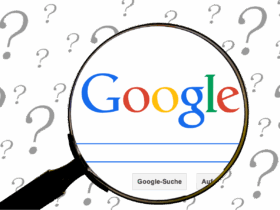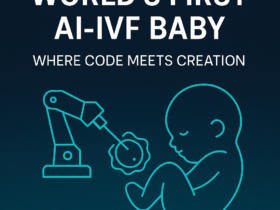Web 3.0 Internet revolution: The internet is evolving at a rapid pace, and Web 3.0 is at the forefront of this transformation. Unlike its predecessors, Web 3.0 is decentralized, driven by blockchain, and focused on user empowerment. But what exactly does this mean, and how will it change the way we interact online? Let’s explore the Web 3.0 Internet revolution and its impact on the digital world.

Understanding Web 3.0
Web 3.0, often called the decentralized web, is the next phase of internet evolution. It shifts control from centralized authorities (like tech giants) to individual users, using blockchain technology, smart contracts, and decentralized applications (dApps). Here’s a breakdown of its core principles:
- Decentralization: Data is distributed across multiple nodes rather than stored on central servers.
- Blockchain Technology: Ensures transparency, security, and immutability of online transactions and interactions.
- Semantic Web: Machines can understand and process data more intelligently, improving search accuracy and user experiences.
- AI and Automation: Web 3.0 leverages AI for better personalization and decision-making.
- User Ownership: Users have more control over their data, digital assets, and identities.
Web 3.0 Internet revolution:
How Web 3.0 Differs from Web 2.0
| Feature | Web 2.0 (Current Internet) | Web 3.0 (Next-Gen Internet) |
|---|---|---|
| Control | Centralized (Big Tech) | Decentralized (Blockchain) |
| Data Ownership | Owned by Platforms | Owned by Users |
| Security | Prone to breaches | Blockchain-based security |
| Monetization | Ad-driven economy | Token-based economy |
| Interaction | Social media & cloud | dApps & smart contracts |
Web 3.0 Internet Revolution : Key Technologies
1. Blockchain
Blockchain forms the backbone of Web 3.0, ensuring decentralized, transparent, and secure transactions.
2. Cryptocurrencies & Smart Contracts
Crypto fuels the Web 3.0 economy, while smart contracts enable automated, trustless agreements.
3. Decentralized Applications (dApps)
Unlike traditional apps controlled by a single entity, dApps run on blockchain networks, offering censorship resistance and user autonomy.
4. Interoperability & Decentralized Storage
Web 3.0 enables seamless data exchange across platforms, with decentralized storage solutions like IPFS replacing centralized cloud services.
Real-World Use Cases: Web 3.0 Internet Revolution
🌐 Decentralized Finance (DeFi)
Eliminates banks and intermediaries, allowing users to trade, lend, and earn interest on assets via blockchain.
🎮 Play-to-Earn Gaming
Blockchain-based games reward players with crypto and NFTs, transforming gaming into an income source.
🔗 Supply Chain Transparency
Blockchain enhances traceability, ensuring authenticity and ethical sourcing in industries like food and fashion.
🏡 Metaverse & Virtual Real Estate
Users can buy, sell, and build in virtual worlds, owning digital assets through NFTs.
Challenges and Concerns
Despite its promise, Web 3.0 faces challenges:
- Scalability Issues – Blockchain networks must improve transaction speeds.
- Energy Consumption – Some blockchain models (like Proof-of-Work) are resource-intensive.
- Regulatory Uncertainty – Governments are still figuring out how to regulate decentralized tech.
- User Adoption – Many people are unfamiliar with blockchain and its benefits.
The Future of Web 3.0
Web 3.0 is still evolving, but its potential is massive. As blockchain becomes more efficient and decentralized applications grow, the shift to Web 3.0 will reshape industries, offering users more freedom, security, and control.
Final Thoughts on Web 3.0 Internet Revolution
The Web 3.0 revolution is here to stay. Whether you’re an investor, developer, or everyday internet user, understanding and adapting to this change will be crucial. The internet is no longer just about browsing—it’s about ownership, decentralization, and limitless possibilities.
Are you ready for the Web 3.0 transformation?
Read also | How to Become a Product Manager: A Complete Guide
Read also | The Metaverse: Is It a Fad or the Next Big Digital Revolution?








